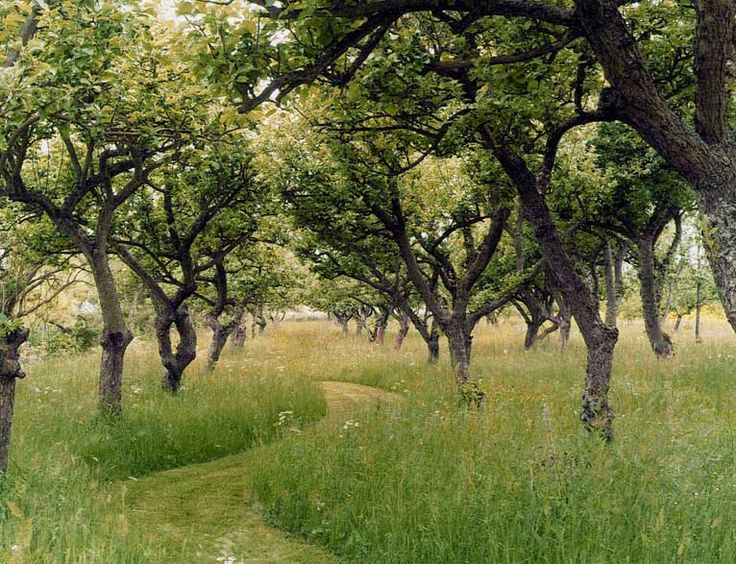I’ll admit, I’m that guy who struggles with small talk at parties and often resort to discussions of weather. Though I’d much prefer to discuss art theory, dismantling systems of oppression, mycorrhizae, or the most recent discovery of a new species of fern in Appalachia, I find most people aren’t lit with a flame of eccentric passion on such subjects and are far more comfortable with weather.
And when discussing weather and climate, I will also admit that I lean heavily into the regional platitude that “Oh, I don’t think I could live much further north than I am. I just can’t tolerate cold weather.” Nature has a great way of making sure our convictions are true. As such, I can say with utmost certainty that I can not, as stated in several shmoozie situations, live much further north than I already am.
But as sad as I was with the brutal snap in temperature, my garden is much more so. My back garden, hugged cozily by a fence and several brick structures, often enjoys a mild version of winter that leaves many of my plants blooming well into December and ready to burst as early as February. The shock of last month’s winter blast left even my heartiest of plants shivering and confused. My large osmanthus standard, who often sports a lush cloak of green all year, is literally naked of all it’s leaves currently. It reminds me of a Pomeranian getting a shower; where I’m so used to a lovely round verdant silhouette, I see a mass of twigs with a few embarrassing tufts of stubborn foliage.
So with everything looking shabby, what could one possibly have to do besides cleaning up winter damage?
Well, my fine fellow gardeners, quite a bit! Let’s jump in, shall we?
General Notes
January fluctuates wildly, but is historically our coldest month.
Watch for weather and shake snow from branches before it freezes, but do not attempt to remove ice.
During dry freezes (when weather dips below freezing without rain) check for soil heaving around newer shrubs and trees. If soil has heaved (meaning ice formations under the soil have pushed the soil up. It will look like the cracks in a baked cake), apply more mulch. Cold loving plants, such as peonies, do not need to be mulched.
Any dormant plant can be transplanted now if soil isn’t frozen.
Top dress anywhere you like with compost.
Sow cool loving annuals like poppies and centaurea now.
Perennials
You may transplant and divide perennials now without stressing the plants. Remember to mark where you move things so you don’t forget in the remaining dormant phase (I once divided a bunch or veronia, forgot, then placed a huge pot on top of them).
Get the last of your bulbs in now for spring color.
Mulch anything that is bare or thin (barring cold loving plants).
Resist pruning woody mint family plants (sages, lantana, rosemary, etc) until spring. In my experience, the hollow stems sometimes will collect water and if we get freezes, the water expands and destroys the viable growth nodes just below the surface of the soil.
Roses
Hang tight on roses. You’ll be pruning next month for size and shape. You can prune out rosette disease now. Remember to sterilize your pruners after every cut so you don’t spread the virus. Rethink Knock-Out roses if you see rosette on them.
Shrubs
January is still a fine time to transplant or plant shrubs (and any woody ornamental for that matter).
If you have a hard to match or find azalea, now is a great time to air-layer it. Simply take a low branch, touch it to the ground, and place a brick, rock, or garden staple on it to keep it in contact. You can mound some soil on top of the stem as well. By spring, roots will have grown and you can remove the branch from the mother plant and plant elsewhere.
Lawns
Remember to keep fallen leaves off of your lawn (even if you have a lawn alternative).
Plan to use a preemergent in the next month. There are a number of good organic preemergents on the market!
Trees
Remove any broke branches from winter storms. You may start pruning branches for size and shape at the end of the month.
During dry periods, you can paint your stone fruit trunks with white interior latex paint. The white paint reflects sun, keeping the trunk cool. For some trees that are temperature dependent for fruit/flower production, this can be helpful. For all trees, this can prevent wide temperature fluctuations from damaging the trees, providing wounds for pests and disease. If you are in an area with deer, it can also deter them from munching on the bark.
Veggies
Plant onion sets and peas at the end of the month.
If you start seeds indoors, brassicas can be started now to be set out in March.
Purchase frost cloth if you haven’t already. Be aware, frost cloth cant help anything with temps that go below 28.
Make a plan for spring, and do not forget to rotate your crops.
The Take Away
It is hard to imagine being outside in super cold temps, but in Georgia, Winter is a bit manic. Take advantage of mild days to do a little poking about the garden. It will help you connect to the earth, especially in the colder darker days. When you connect to your garden, you are connecting to nature and to a piece of yourself.







